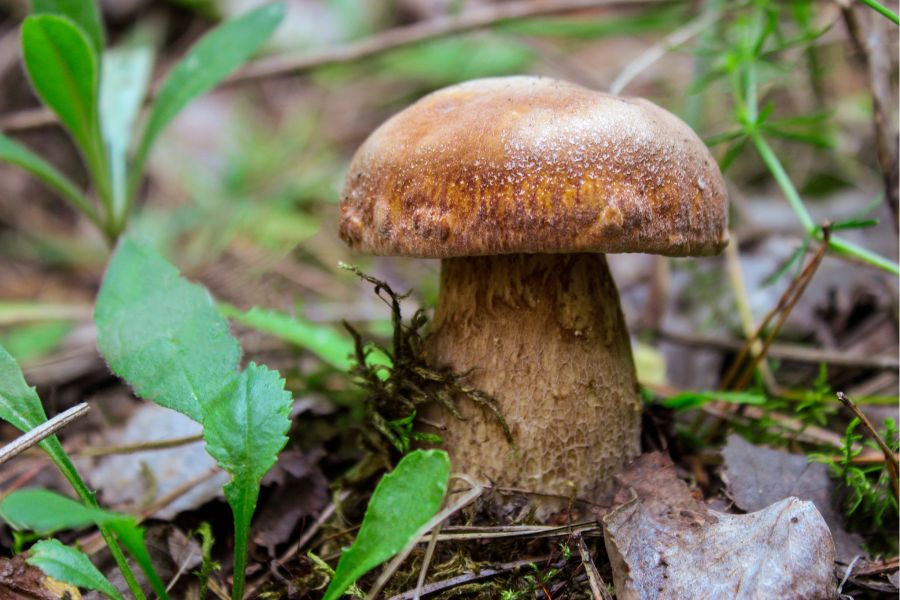Porcini mushrooms grow wild in Pennsylvania and are one of the most sought-after wild edibles in the state. Their earthy, savory taste and dense, satisfying texture have earned them a strong reputation in kitchens around the world.
When fresh, porcini often sell for $30 to $60 per pound, with prices occasionally topping $70 in high-end markets. Dried porcini fetch even more, thanks to a concentrated flavor and rich soaking liquid that adds depth to broths and sauces.
These mushrooms don’t just taste good—they’re also prized for how well they hold up in the pan. Whether added to risotto or tucked into a stew, they stay firm and flavorful through cooking.
Knowing where to find porcini in Pennsylvania can lead to an especially rewarding haul. Some spots are known to produce a surprising variety of mushrooms in a single walk through the woods.
What We Cover In This Article:
- What different types of Porcini mushrooms look like
- The mushrooms that look like Porcini you should avoid
- Our best tips for finding Porcini mushrooms
- The top places in the state to find porcini
- The best times of year to look for them
- The extensive local experience and understanding of our team
- Input from multiple local foragers and foraging groups
- The accessibility of the various locations
- Safety and potential hazards when collecting
- Private and public locations
- A desire to include locations for both experienced foragers and those who are just starting out
Using these weights we think we’ve put together the best list out there for just about any forager to be successful!
A Quick Reminder
Before we get into the specifics about where and how to find these plants and mushrooms, we want to be clear that before ingesting any wild plant or mushroom, it should be identified with 100% certainty as edible by someone qualified and experienced in mushroom and plant identification, such as a professional mycologist or an expert forager. Misidentification can lead to serious illness or death.
All plants and mushrooms have the potential to cause severe adverse reactions in certain individuals, even death. If you are consuming wild foragables, it is crucial to cook them thoroughly and properly and only eat a small portion to test for personal tolerance. Some people may have allergies or sensitivities to specific mushrooms and plants, even if they are considered safe for others.
The information provided in this article is for general informational and educational purposes only. Foraging involves inherent risks.
What Porcini Mushrooms Look Like
Porcini technically refers to one mushroom species: Boletus edulis, also known as the king bolete. But in many parts of the U.S., several other edible mushrooms in the same genus or family are also called porcini. These close relatives belong to the broader Boletus group and share a similar look, taste, and texture:
Porcini (Boletus edulis)

Porcini, also known as king bolete, cèpe, or penny bun, is a large, thick-stemmed mushroom with a smooth brown cap and a sponge-like underside instead of gills. Its firm white flesh has a nutty, earthy flavor that holds up well in cooking and drying. This species is the classic or “true” porcini.
It’s most commonly found in the Pacific Northwest, especially in coastal forests of Oregon, Washington, and Northern California. It grows in coniferous woods, often near spruce, fir, or pine, and usually appear in the fall after consistent rainfall.
California King Bolete (Boletus edulis var. grandedulis)
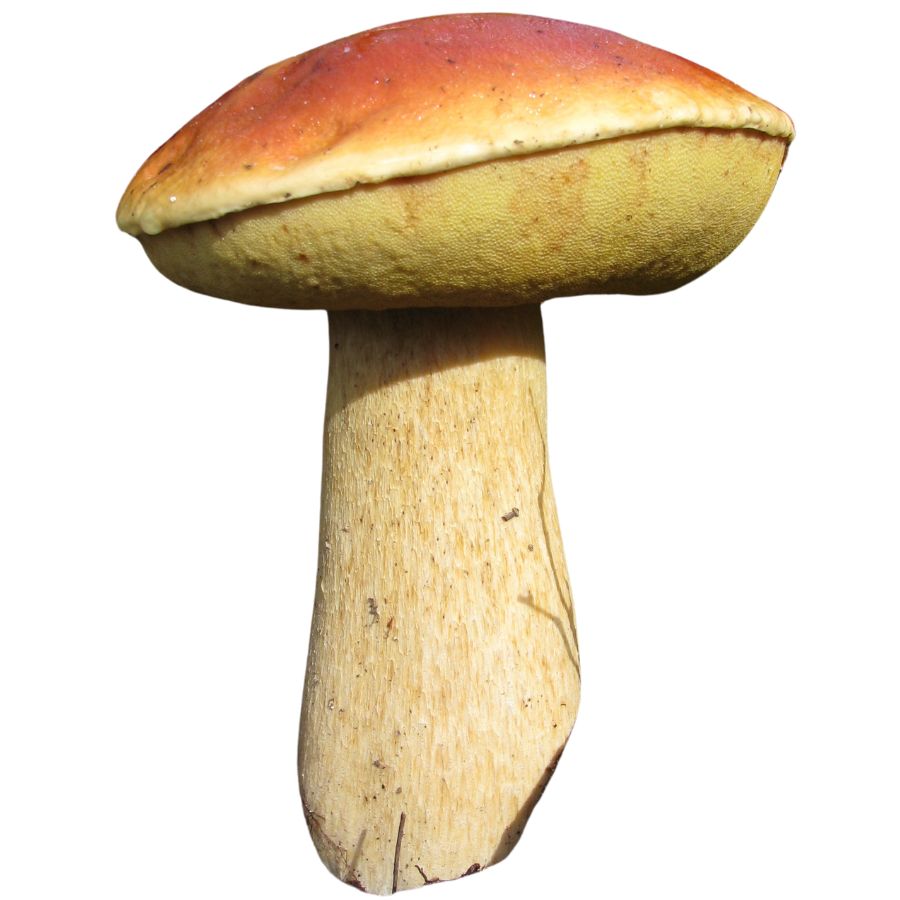
The California king bolete, sometimes called the Sierra porcini or just king bolete, is a large, stocky mushroom with a smooth brown cap and a thick white stem. It has a firm texture and a deep, nutty flavor that holds up well in cooking.
This porcini variety grows in the Sierra Nevada and coastal forests of California, especially from fall through early winter. It prefers mixed woodlands with fir, pine, or tanoak and often appears after the first heavy rains of the season.
Spring King Bolete (Boletus rex-veris)
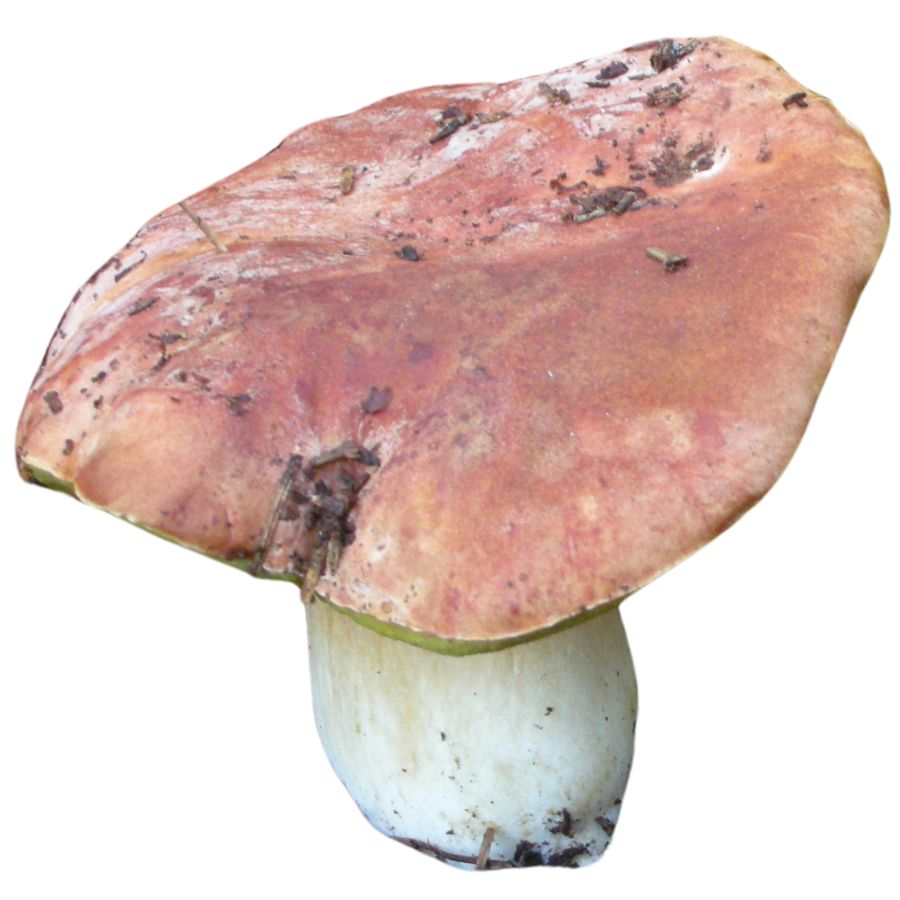
The spring king bolete, often called the spring porcini, has a pale brown cap, a stout white stem, and a firm texture that stays intact during cooking. Its flavor is rich and earthy, with a slightly sweet finish that sets it apart from other boletes.
You’ll find this mushroom in the western mountains of the United States, especially in California, Oregon, and parts of the Rocky Mountains. It appears in high-elevation conifer forests in late spring and early summer, usually near snowmelt.
White King Bolete (Boletus barrowsii)
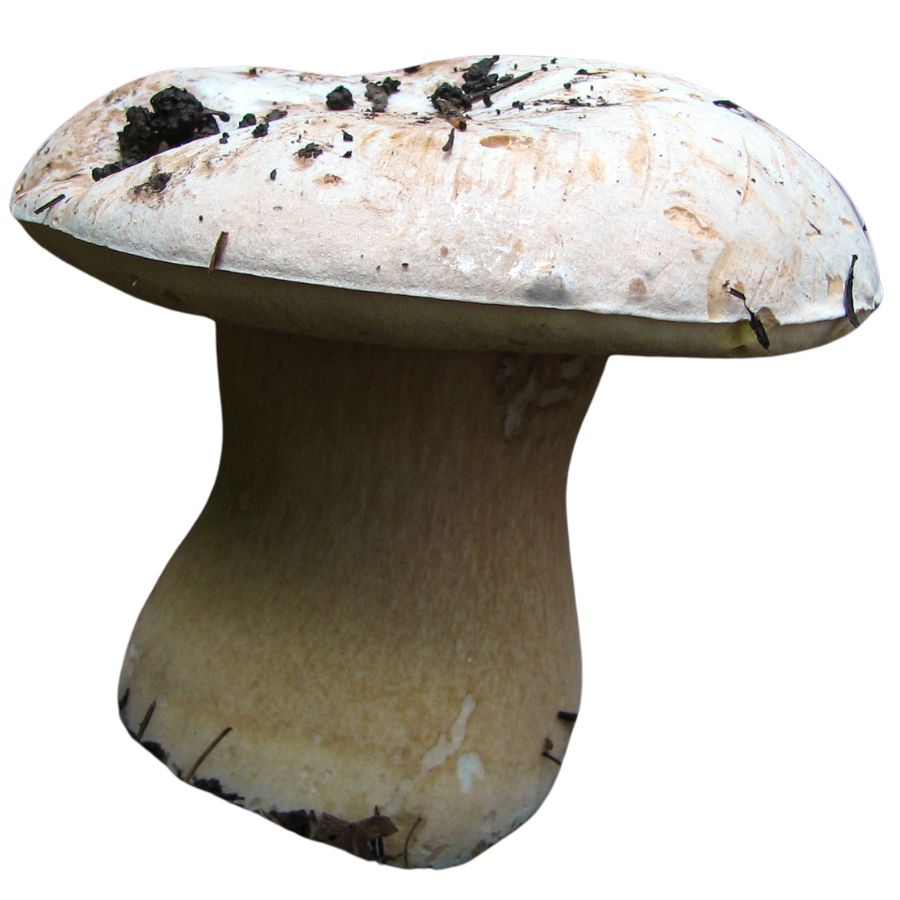
The white king bolete, sometimes called Barrows’ bolete or desert porcini, is a pale, chunky mushroom with a white to ivory cap and a thick stem. It has a smooth, mild flavor that deepens when cooked and is especially prized when young and firm.
It grows in the southwestern United States, especially in Arizona and New Mexico, and is often found in ponderosa pine forests. Unlike other porcini, it tends to fruit during the summer monsoon season after warm rains.
Almost Bluing King Bolete (Boletus subcaerulescens)
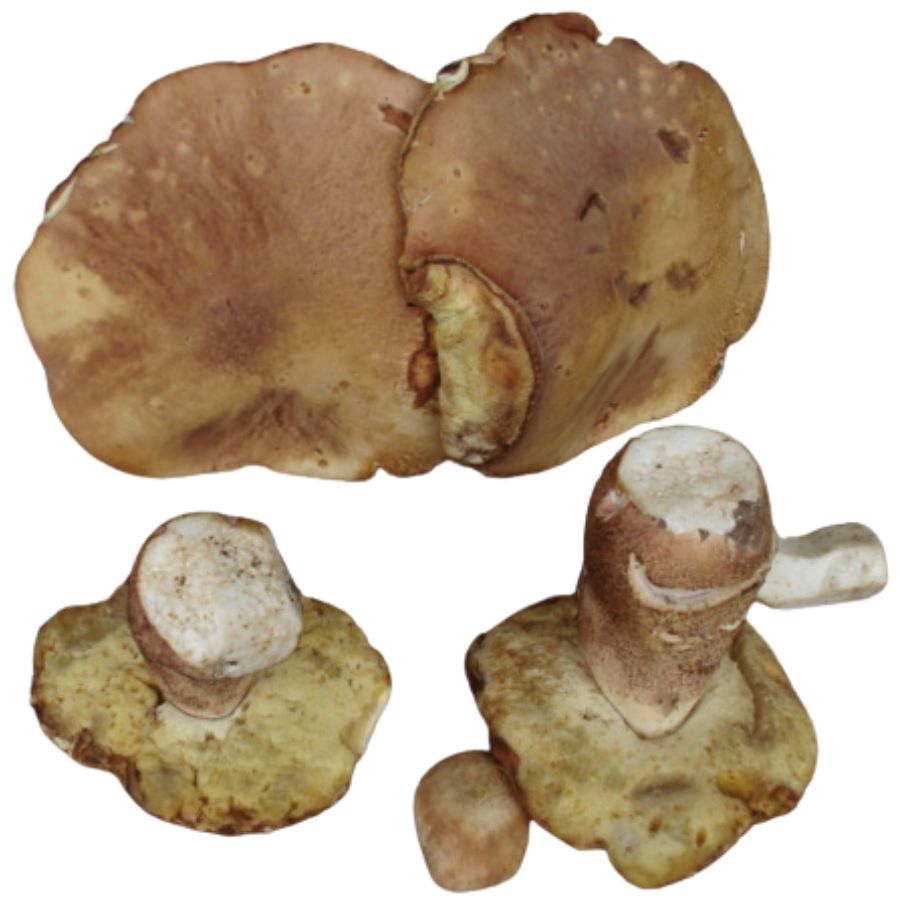
The almost bluing king bolete, also known as the blue-staining porcini, has a light brown cap and a stout stem covered in a fine network of raised lines. It gets its name from the faint blue tint that sometimes shows near the base when cut, though the color change is subtle and doesn’t always appear.
This porcini is edible and well-regarded for its firm texture and mild, nutty flavor. It cooks up nicely in sautés or soups and holds its shape without turning mushy.
It grows around the Great Lakes and into the Northeast, favoring mixed forests with spruce, fir, or pine and usually shows up in late summer after steady rain.
Fib King (Boletus fibrillosus)
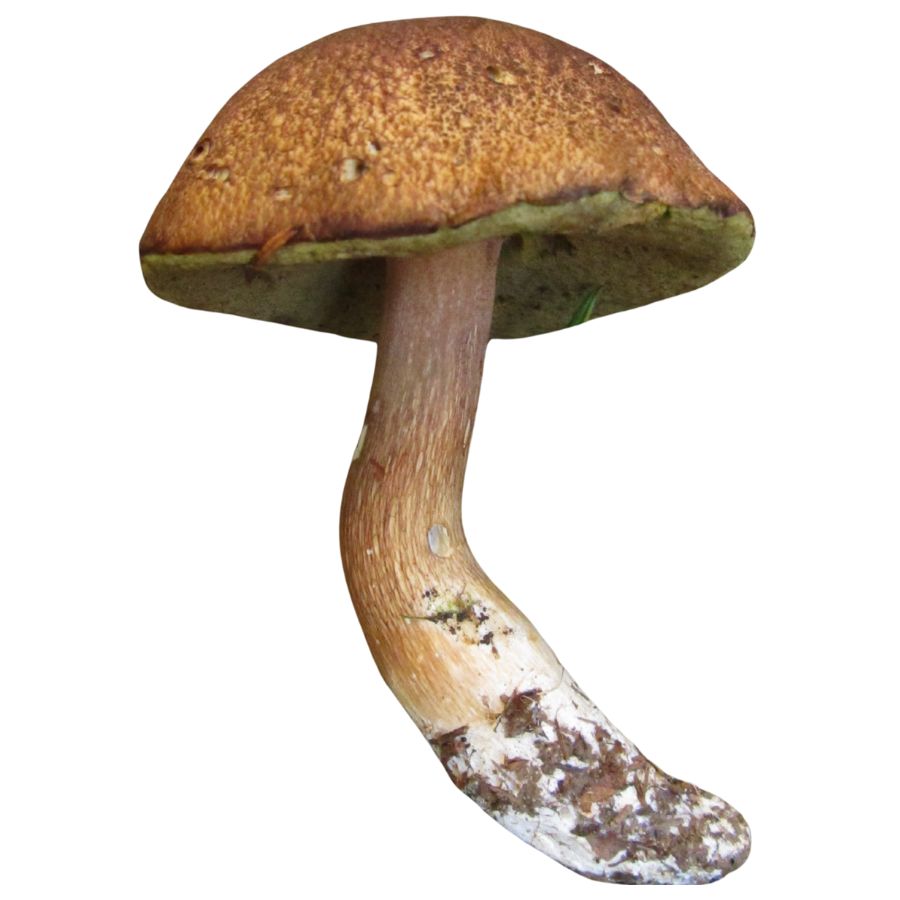
The fib king, sometimes called the fuzzy porcini, has a dark reddish-brown cap with a matte, finely fibrous surface and a thick pale stem. Its dense flesh has a mild, pleasant flavor that deepens when cooked, making it a solid addition to savory dishes.
You can find this mushroom is found in the Pacific Northwest, especially in the coastal forests of Oregon and Washington. It prefers old-growth conifer forests and usually fruits in the fall after sustained rain.
Mushrooms That Look Like Porcini But Aren’t
In this state, a handful of mushrooms resemble porcini at first glance. Knowing the differences can help you avoid a bad meal or worse:
Satan’s Bolete (Boletus satanas)
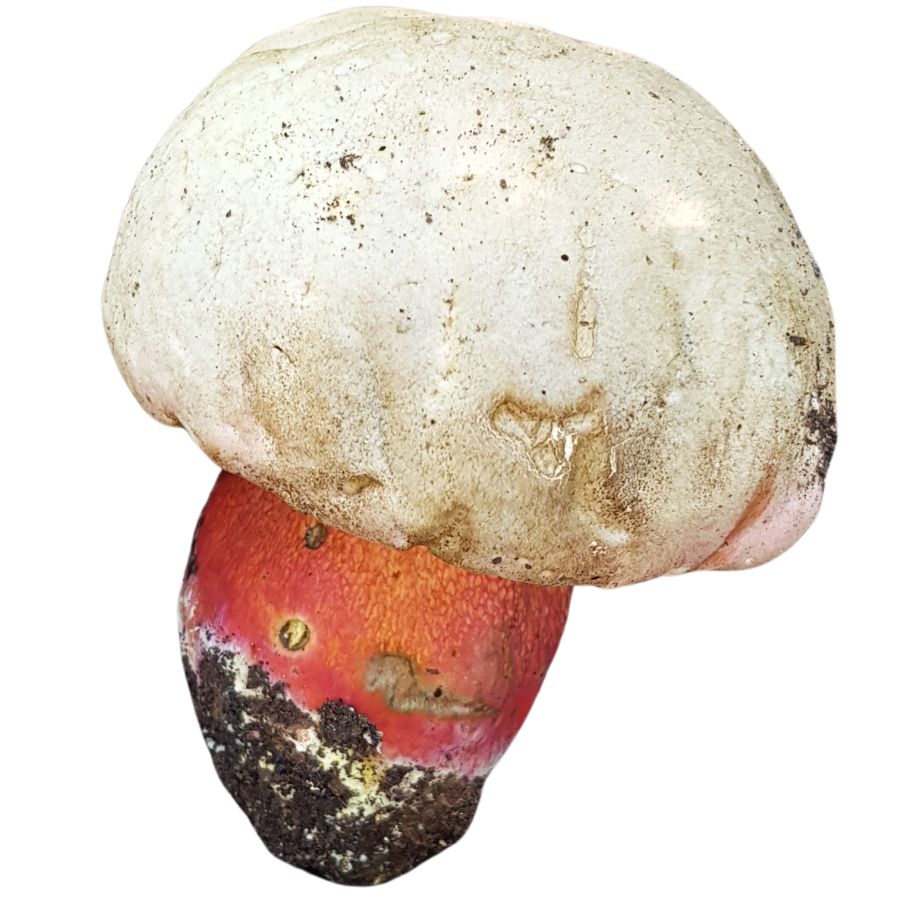
Satan’s bolete is a large, thick mushroom with a pale, almost white cap and a bright red stem. The pores underneath are yellow but bruise blue when handled, making it stand out from other boletes in the woods.
It grows in warmer parts of the southeastern U.S., especially in hardwood forests with oak or beech. This mushroom is toxic and should never be eaten as it can cause severe gastrointestinal distress including vomiting and diarrhea.
Sensitive Bolete (Boletus sensibilis)
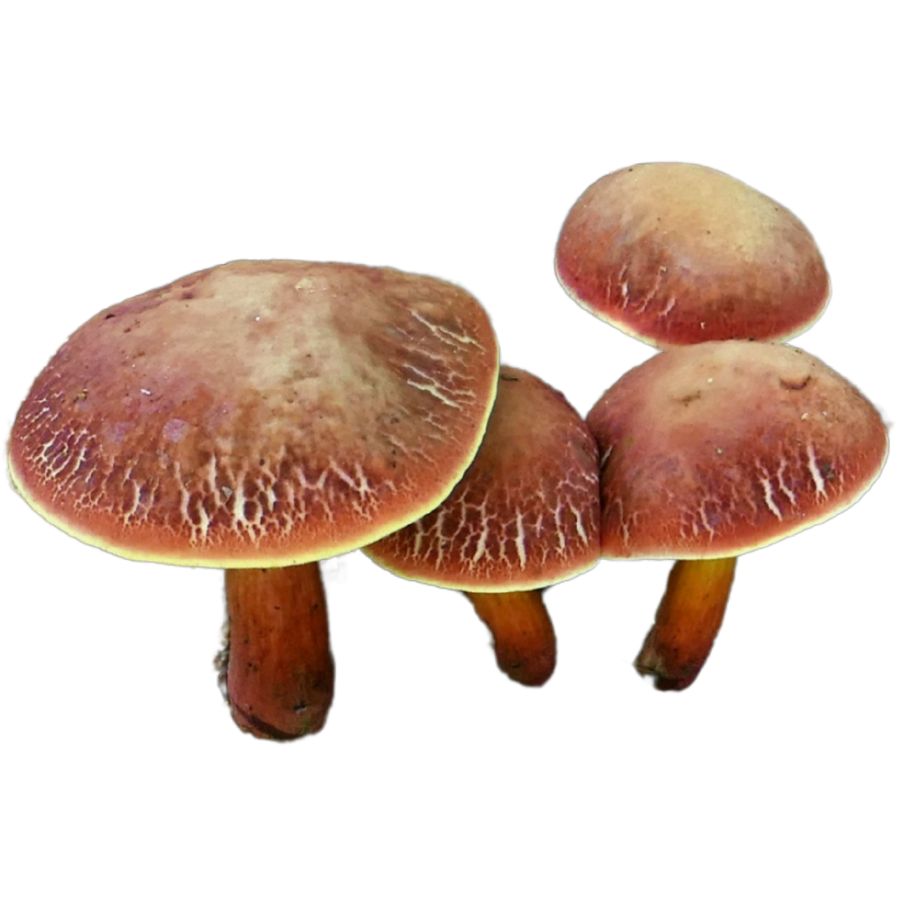
Sensitive bolete, sometimes called the “bruise bolete,” is known for how quickly it turns blue when touched or cut. It has a smooth yellow cap, red or pinkish pores, and a yellow stem that often shows bruising almost instantly.
You can find it across the eastern and southeastern U.S., especially in mixed hardwood forests during summer. While it might look appealing, this mushroom is considered toxic and can cause stomach cramps, nausea, and vomiting if eaten. Even small amounts may lead to unpleasant symptoms, so it’s best left alone.
Huron Bolete (Boletus huronensis)
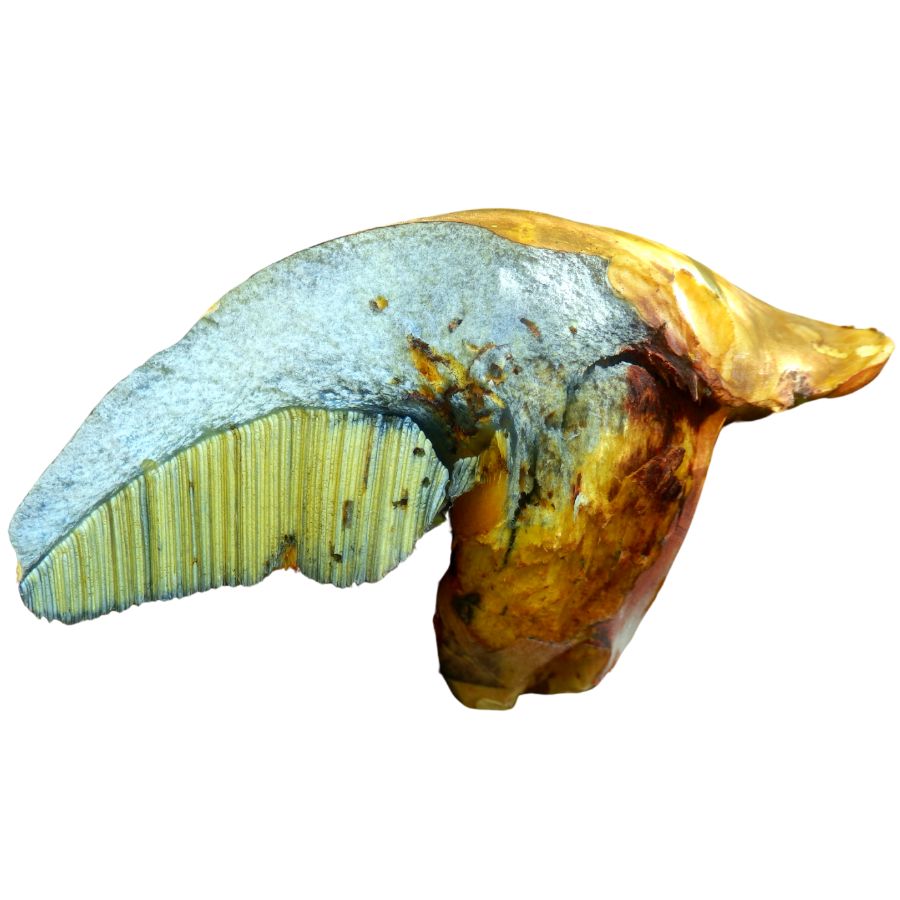
Huron bolete is a chunky mushroom with a dull brown cap, yellow pores, and a thick, slightly reddish stem that bruises blue when handled. It may not look as bold as other toxic boletes, but it’s still one to avoid.
Sometimes called the “Great Lakes bolete,” this species is found in the Great Lakes region, especially in Michigan and nearby states, growing under hardwoods like oak and beech. It’s considered poisonous and can cause intense nausea, cramps, and vomiting. While not deadly, the symptoms can be severe enough to require medical attention.
Bitter Bolete (Tylopilus felleus)
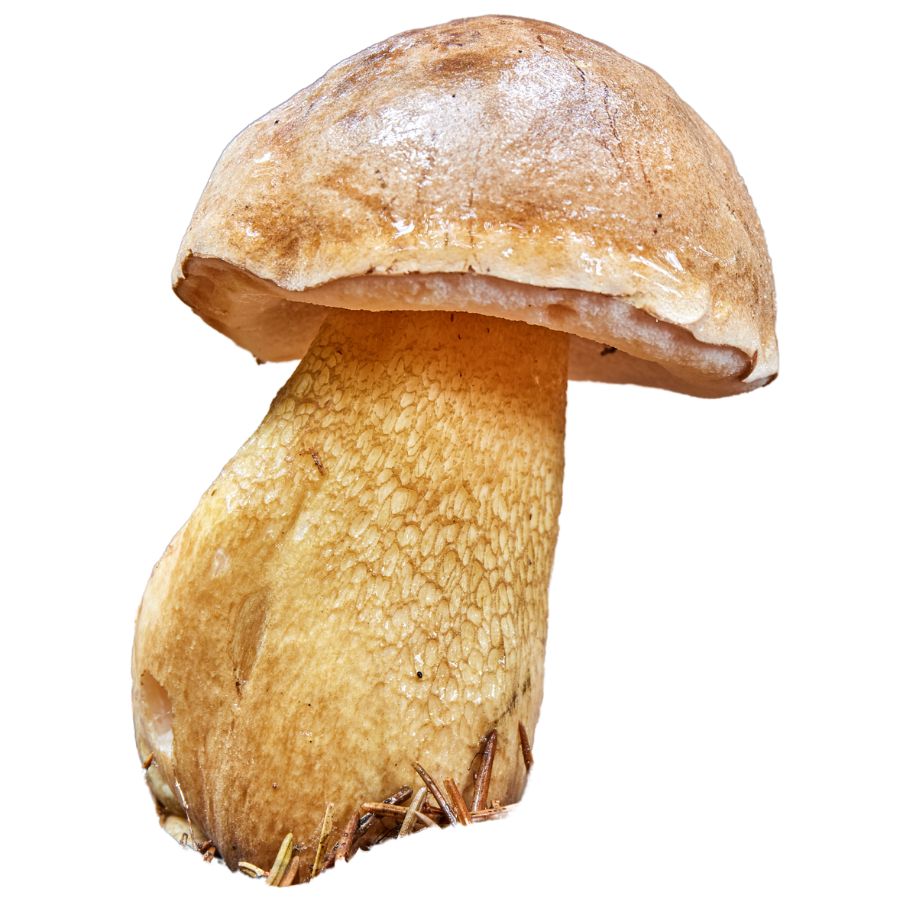
Bitter bolete, also called the “bitter tasting bolete,” looks a lot like an edible porcini at first glance. It has a brown cap, pinkish pores, and a thick, netted stem that can fool even experienced foragers.
This mushroom grows widely across the country, especially in eastern forests with oak or pine. It isn’t toxic, but the taste is so bitter that even a small piece can ruin a whole dish. Most people spit it out right away, but if swallowed, it can still lead to mild stomach upset.
Two-colored Bolete (Baorangia bicolor)
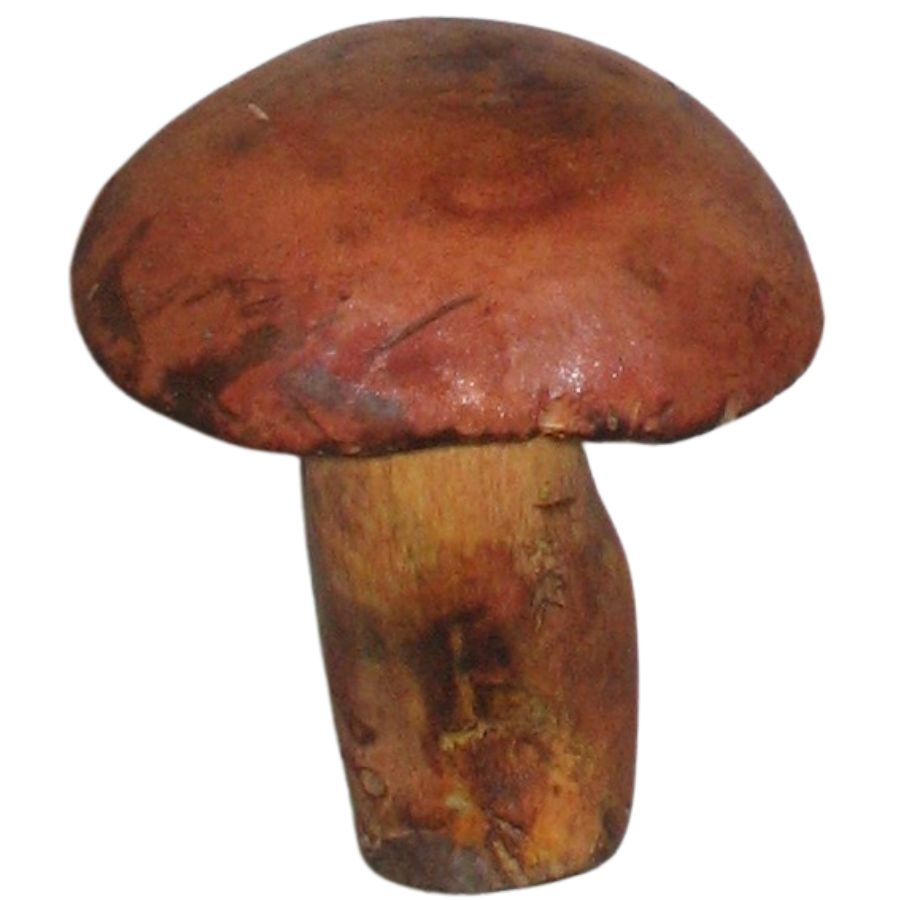
Two-colored bolete, sometimes called the “bicolor bolete,” has a bright yellow stem and cap with deep red tones near the base and edge. The pores are yellow and stain blue when touched, giving it a bold and colorful look.
It’s found across the eastern U.S., especially in oak and mixed hardwood forests during summer and fall. This species is edible and often enjoyed for its mild flavor and tender texture when cooked. Some people report digestive discomfort, so it’s best to test small amounts first.
How to Find Porcini Mushrooms
Porcini mushrooms don’t show up just anywhere. They grow in very specific places, and understanding the right mix of trees, soil, and seasonal conditions is the key to finding them.
Focus on Mixed Forests with Both Hardwoods and Conifers
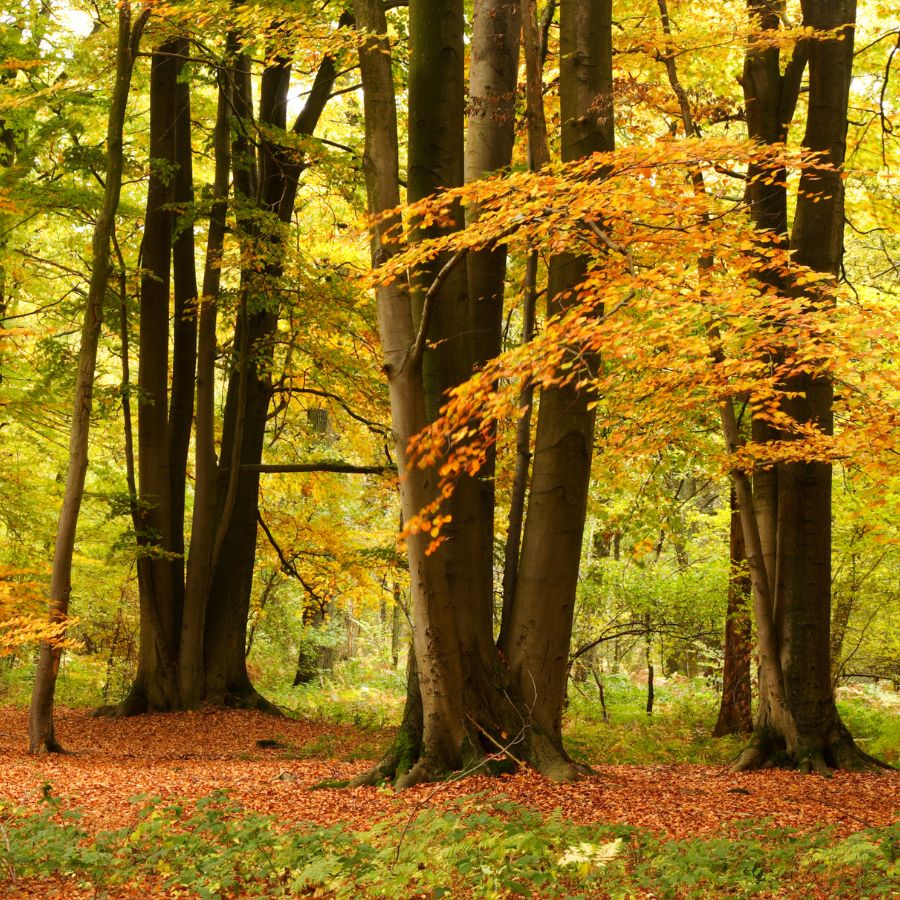
Mixed hardwood and conifer forests are common habitats for porcini mushrooms. In the Northeast, mature oak-maple forests with scattered hemlocks are good spots. In the Rockies and the Pacific Northwest, they thrive in higher-elevation forests dominated by spruce and fir.
Old-growth or long-established forests are usually more productive than young stands.
Wait Several Days After a Steady Rainfall
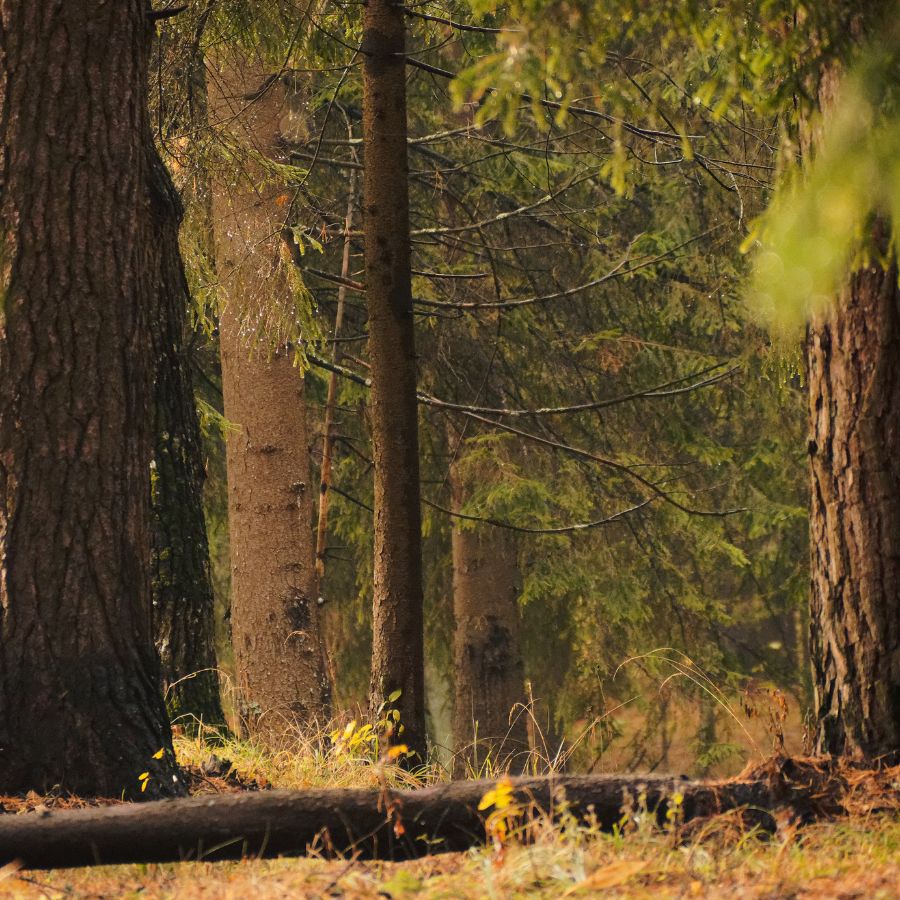
Consistent moisture is key. These mushrooms tend to appear several days after steady rain, especially if followed by warm temperatures.
They rarely grow during droughts or in overly wet, swampy areas. A moist but not soggy forest floor is ideal.
Search in Loose, Acidic Soil with Plenty of Leaf Litter
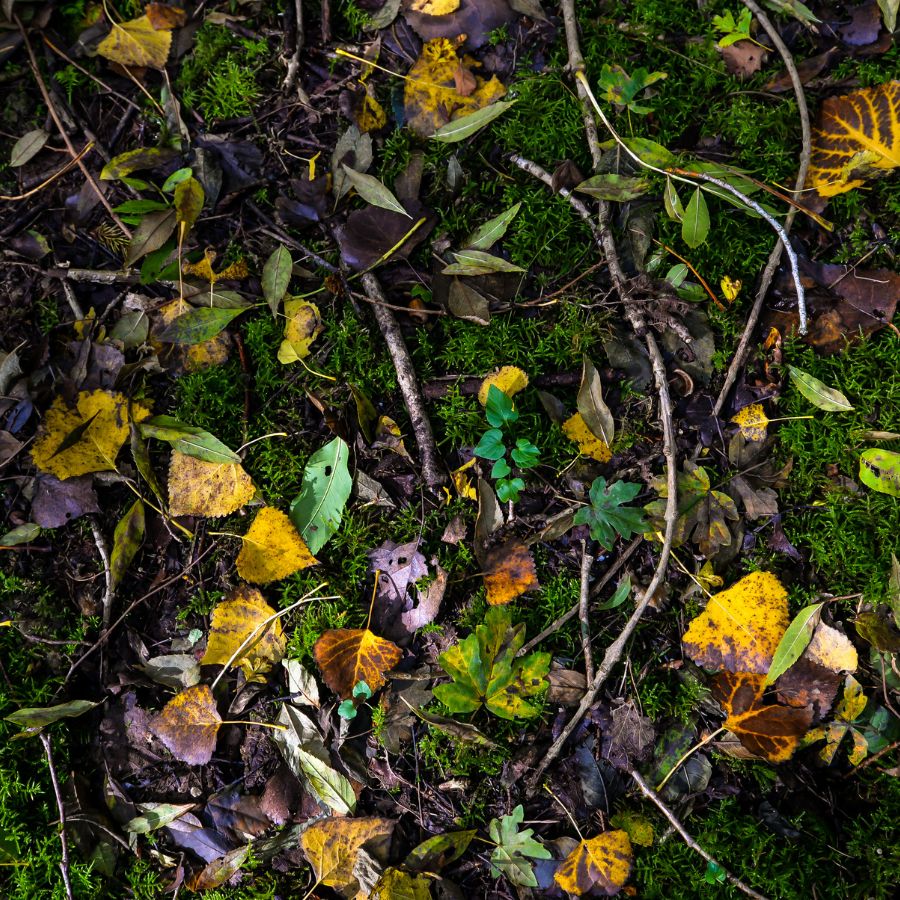
Porcini and their close relatives grow best in well-drained soils that are slightly acidic. Sandy loam or loose forest soil rich in organic material tends to support healthy mushroom growth.
They are rarely found in compacted or heavily clay-based ground. Look for them where the topsoil is crumbly and full of leaf litter.
Check Near Animal Paths, Broken Branches, and Debris Piles
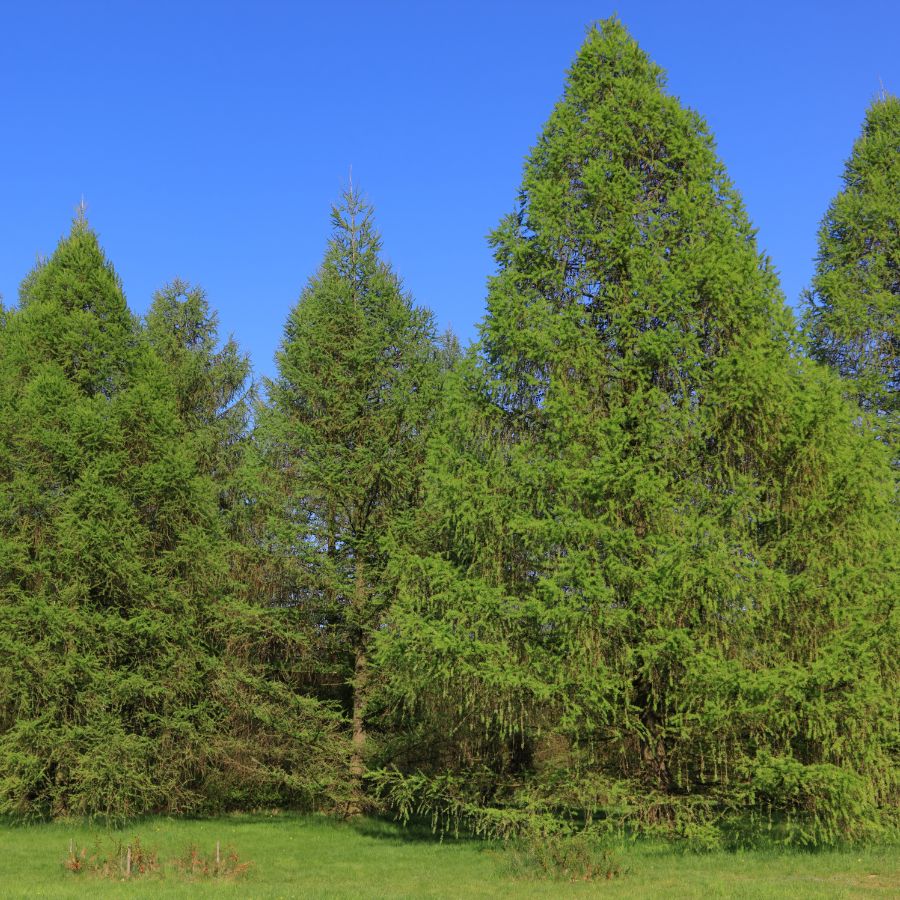
Porcini and edible boletes often grow near the edges of clearings, trails, or small breaks in the canopy. These spots get dappled light, which helps warm the soil while keeping it moist.
Look along well-used animal paths or areas with broken branches and scattered debris. These partial openings tend to support just the right conditions for a flush.
Follow Animal Dig Marks and Shifts in the Forest Floor
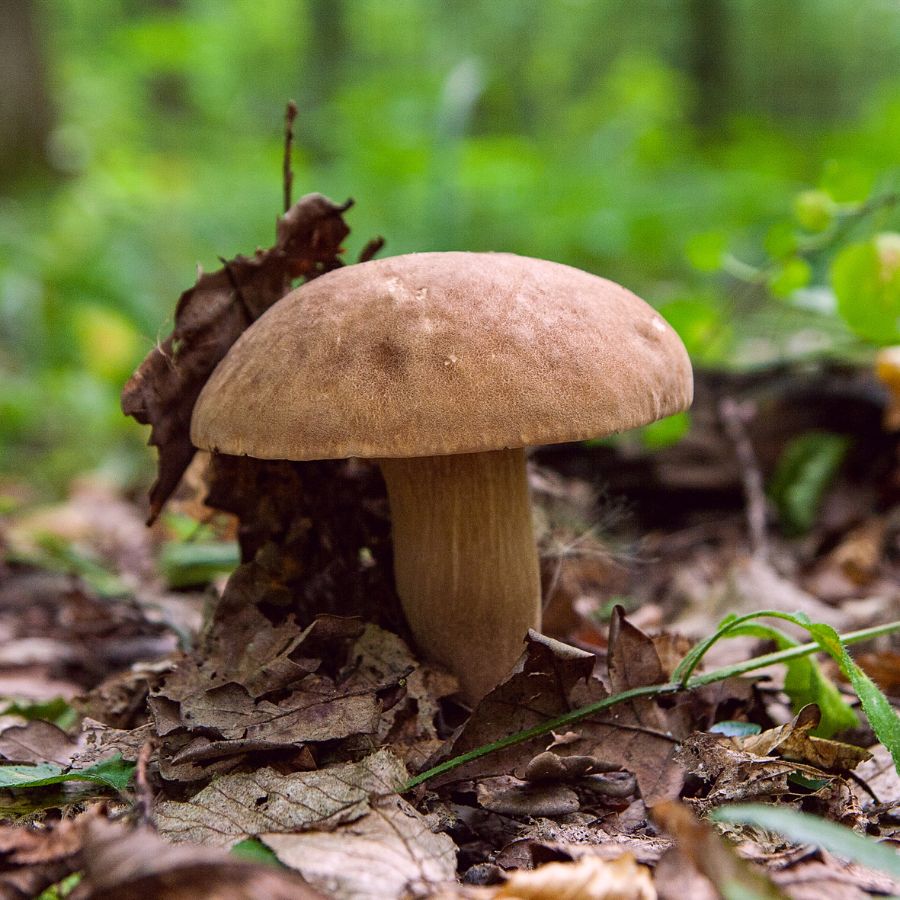
On the forest floor, mossy patches are good indicators for mushrooms. Porcini may push up under duff, creating small mounds or cracks in the soil. Displaced needles, uneven ground, or fresh animal dig marks can sometimes point to hidden mushrooms nearby.
Pay attention to slight changes in texture or elevation underfoot.
Focus on North-Facing Mountain Slopes
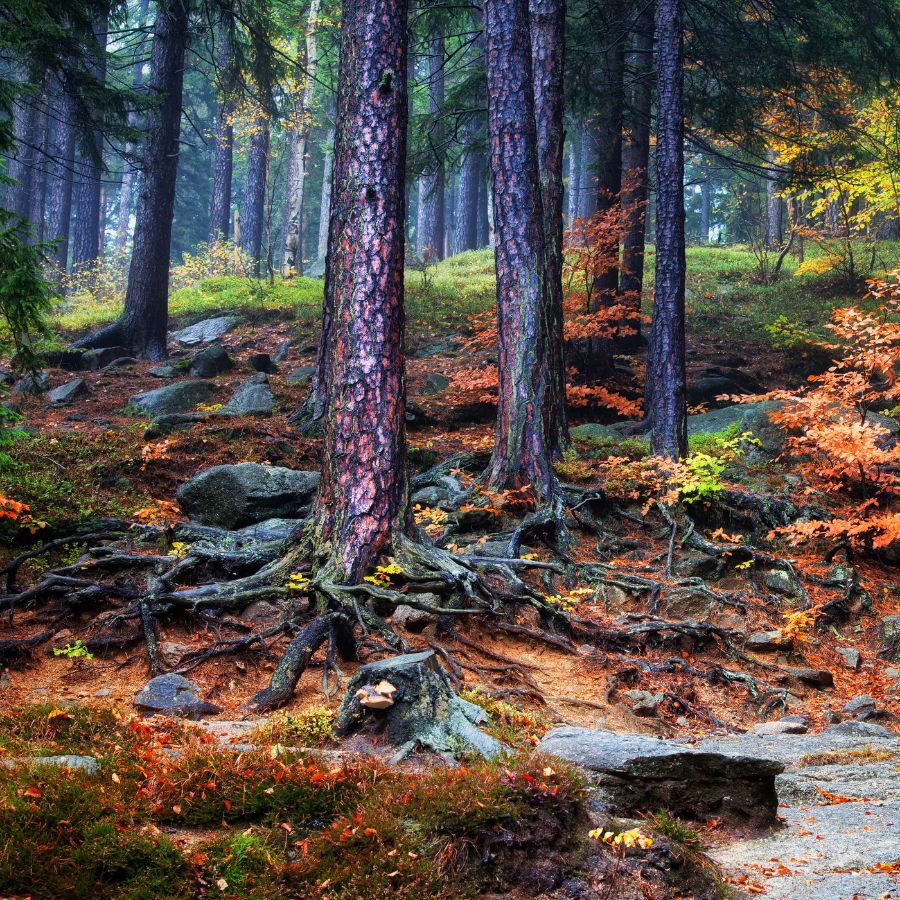
In mountain regions, porcini and edible boletes tend to appear between 5,000 and 9,000 feet. They favor gentle slopes with good water runoff but not erosion.
South-facing slopes may dry too quickly, while north-facing ones hold moisture longer. Sloped terrain with a soft duff layer is often productive after summer rains.
Before you head out
Before embarking on any foraging activities, it is essential to understand and follow local laws and guidelines. Always confirm that you have permission to access any land and obtain permission from landowners if you are foraging on private property. Trespassing or foraging without permission is illegal and disrespectful.
For public lands, familiarize yourself with the foraging regulations, as some areas may restrict or prohibit the collection of mushrooms or other wild foods. These regulations and laws are frequently changing so always verify them before heading out to hunt. What we have listed below may be out of date and inaccurate as a result.
Where You Can Find Porcini
Porcini mushrooms tend to grow in specific forests across the state, often tied to elevation, soil type, and tree cover. Knowing where to look can make all the difference in finding them during their short fruiting season.
Allegheny National Forest
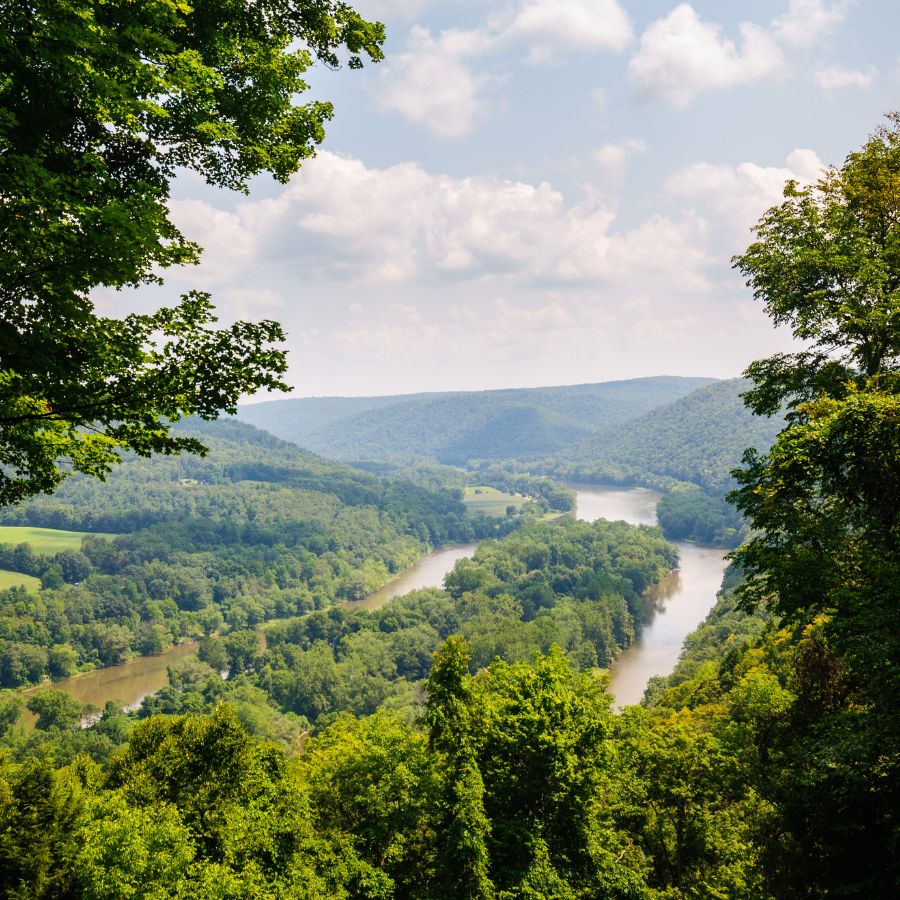
Allegheny National Forest is Pennsylvania’s only national forest, covering more than half a million acres of mixed hardwoods and deep ravines. Among its quiet hills and shady hollows, you’ll find several places where porcini mushrooms are known to thrive beneath hemlocks and oaks.
North of Sheffield, the Twin Lakes Recreation Area has damp forest edges and soft trails where porcini often appear after summer rains. The surrounding woodland, especially near the edges of the lakes and along the small feeder streams, creates the kind of filtered light and organic-rich soil these mushrooms favor.
Further west, the area around Minister Creek is laced with trails and rocky outcrops, bordered by mature hardwoods that host flushes of porcini in the right conditions. The Minister Creek Trail loops through a mix of terrain, and the shaded valleys just off the path are especially promising during mid to late summer.
To the south, the forested ridges near Hearts Content Scenic Area include some of the oldest stands of eastern hemlock in the state. The mossy ground and thick leaf litter there support healthy fungal growth, and porcini have been spotted not far from the Interpretive Trail and along the wetter low-lying sections.
Michaux State Forest
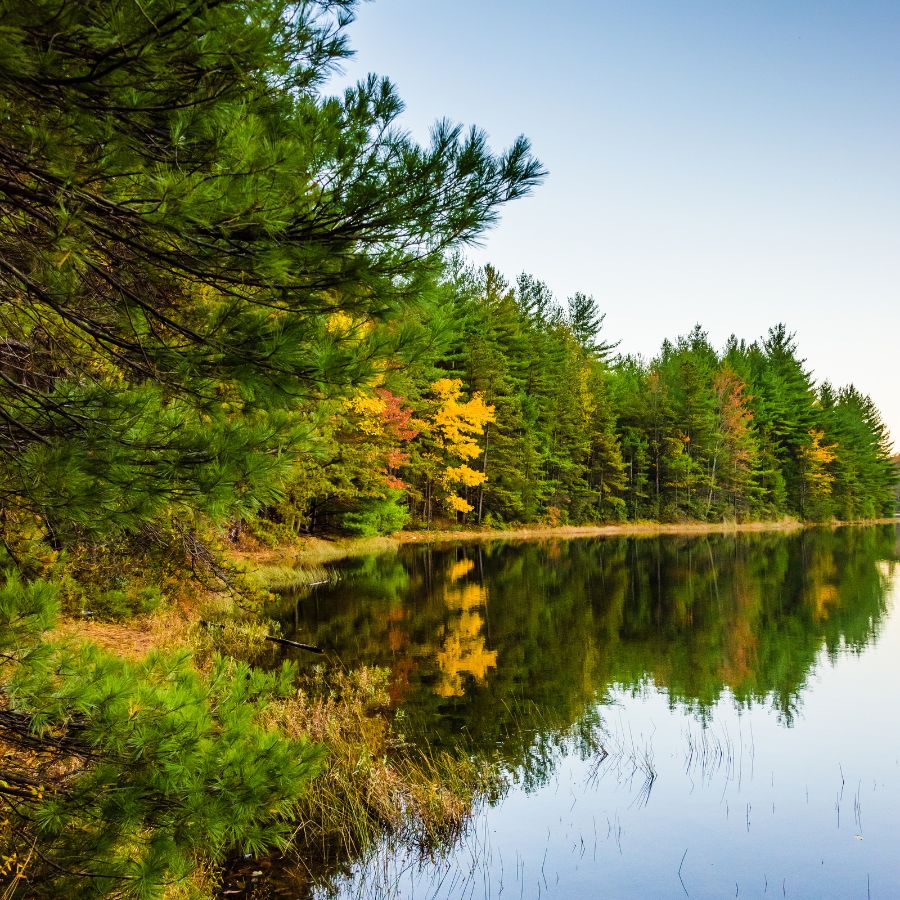
Michaux State Forest stretches across the northern Blue Ridge and includes parts of the Appalachian Trail within its rugged, forested terrain. Beneath its oaks, hemlocks, and pines, you’ll find pockets of habitat that support healthy porcini growth during the warmer months.
In the areas surrounding Long Pine Run Reservoir, the mixed woods and steady moisture levels make the hillsides and adjacent trails worth walking. The lakeshore paths and nearby ridges often hold the right mix of beech, pine, and oak—ideal conditions for these firm, nutty mushrooms.
Further west, Ridge Road cuts through long corridors of hardwood forest where the ground stays damp under thick tree cover. The slopes near Tumbling Run and the scattered clearings between Ridge Road and Stillhouse Hollow are known for rich leaf litter and shaded understory—both good signs when tracking down porcini.
Near the southern end of the forest, the hills around Milesburn Cabin and Woodrow Road see less foot traffic and more undisturbed growth. That stretch, especially around Birch Run, has the kind of older tree stands and mossy forest floor where porcini often push through in late summer.
Cook Forest State Park

Cook Forest State Park is home to some of the tallest and oldest white pine trees in the northeastern United States. Among these ancient groves and mixed hardwood forests, there are several places where porcini mushrooms are known to grow in the right conditions.
The Forest Cathedral Natural Area, with its dense canopy of hemlock and oak, has shaded ground and rich organic debris—ideal for spotting porcini during the right part of the season. The quiet slopes around the Longfellow Trail are especially promising after a stretch of rain, when moisture lingers beneath the thick leaf litter.
Closer to the Clarion River, the low-lying woods near Hemlock Island and Tom’s Run create a humid microclimate that tends to hold moisture well. In areas where red spruce and beech mingle with older hardwoods, porcini have a better chance of showing up in the duff along the banks and trailsides.
North of Route 36, the Ridge Trail cuts through mixed forest with scattered birch and maple, and sections of this trail pass through prime habitat for porcini. Even the less-traveled stretches near Joyce Run and Breezemont Drive can support fruiting bodies when ground conditions are right and the overstory is intact.
Bald Eagle State Forest
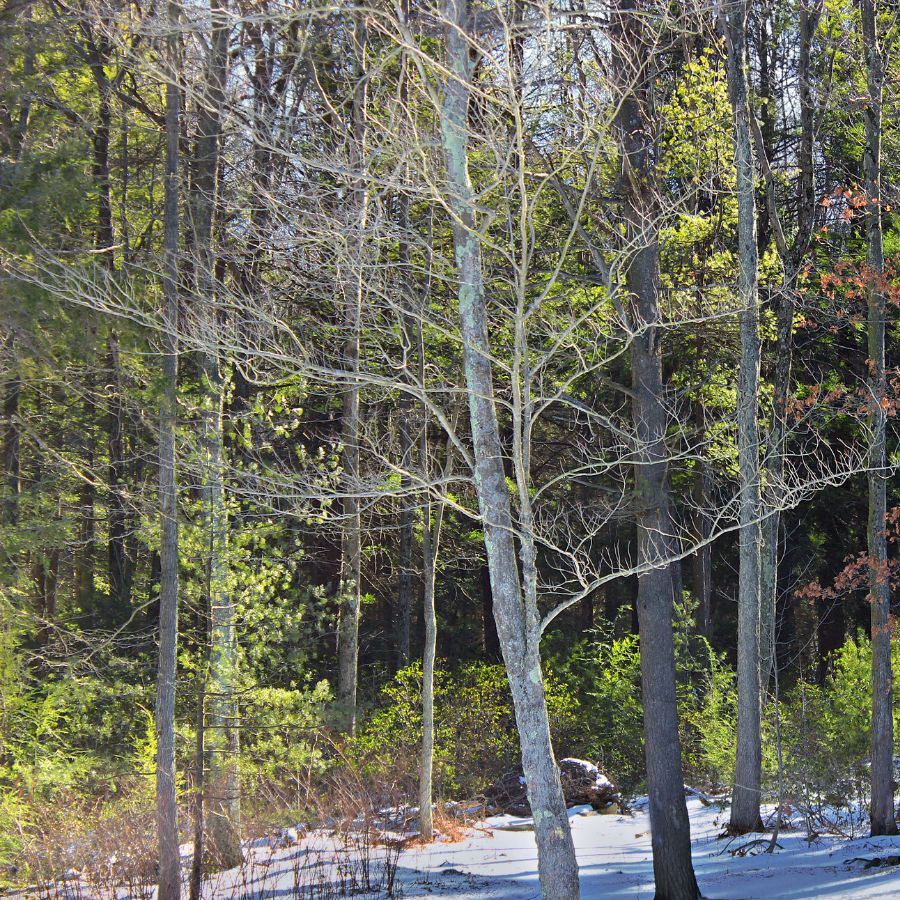
Bald Eagle State Forest stretches across five counties and is known for its rugged sandstone ridges and deep forested hollows. Within this varied terrain, you’ll find several spots where the conditions align beautifully with what porcini mushrooms need to grow.
East of Poe Paddy Drive, the shaded slopes around Big Poe Creek offer mixed hardwood stands with enough leaf litter and moisture to support porcini. The forest here transitions from oak to hemlock as the elevation changes, creating ideal conditions during the warm, wet stretches of summer.
Along the White Mountain Wild Area, especially near the junction of Middle Ridge Trail and Treaster Kettle Road, the forest cover includes older conifers and scattered beech—both associated with reliable porcini fruitings. The thick canopy here holds in moisture well after rainfall, and the undisturbed leaf layer builds year after year.
Another productive zone is around Swift Run Trail, where the low-lying terrain near the stream keeps the soil damp and supports a mix of eastern white pine and northern hardwoods. You’ll often notice that the ground here boasts conditions that help porcini thrive when the season lines up just right.
Delaware State Forest
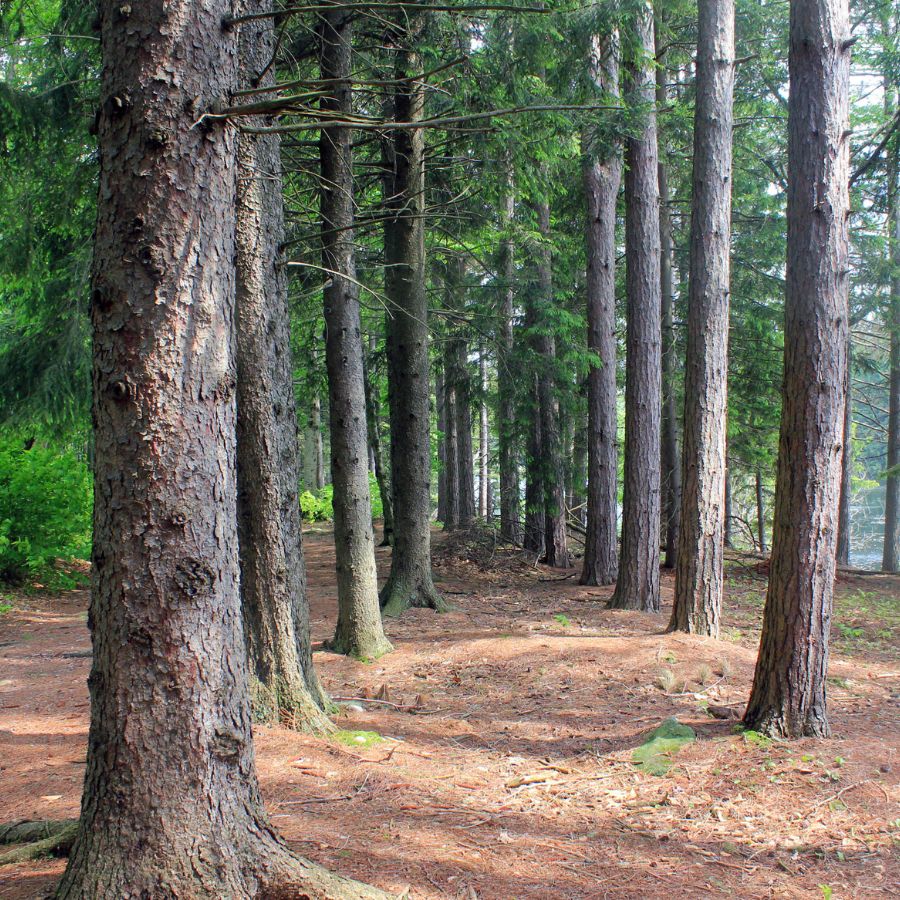
Delaware State Forest covers over 80,000 acres of rugged terrain in the Pocono Mountains, with a patchwork of wetlands, hardwood forests, and mountain ridges. That kind of diverse topography means there are several areas within the forest that offer the right mix of elevation, soil, and tree cover for finding porcini mushrooms.
Along the Little Bushkill Creek, the mixed stands of hemlock and beech create a cool, shaded environment with plenty of leaf litter. The forest floor here stays damp after summer rains, and porcini are known to fruit in these kinds of conditions when the temperature and timing line up.
You’ll also want to pay attention to the area around the Thunder Swamp Trail System, where red oak and white pine dominate the woods. These trails loop through gentle hills and poorly drained zones that tend to stay humid—prime circumstances for porcini to develop in the duff beneath the canopy.
The stretch around Lily Pond and nearby Flat Ridge provides another pocket of potential. With its older-growth hardwoods and mossy ground cover, this area has the kind of quiet, undisturbed feel where porcini often pop up among the fallen branches and needles.
Additional Locations to Find Porcini
There are several reliable locations across the state where porcini mushrooms grow:
| Central PA | Porcini Collection Details |
| Bald Eagle State Forest | Foraging for personal use only |
| Moshannon State Forest | No commercial foraging allowed |
| Poe Paddy State Park | No commercial foraging allowed |
| Poe Valley State Park | Foraging permitted for personal use |
| Rothrock State Forest | Foraging allowed with restrictions |
| Northcentral PA | Porcini Collection Details |
| Loyalsock State Forest | Foraging allowed with permit |
| Sinnemahoning State Park | Permit required for foraging |
| Sproul State Forest | Foraging for personal use only |
| Susquehannock State Forest | No commercial foraging allowed |
| Tioga State Forest | Personal foraging permitted |
| Northeastern PA | Porcini Collection Details |
| Delaware State Forest | Foraging permitted for personal use |
| Pinchot State Forest | Permit required for foraging |
| Northwestern PA | Porcini Collection Details |
| Allegheny National Forest | Foraging permitted for personal use |
| Cook Forest State Park | Foraging allowed for non-commercial use |
| Eastern PA | Porcini Collection Details |
| Weiser State Forest | Foraging for personal use only |
| Southcentral PA | Porcini Collection Details |
| Michaux State Forest | Foraging for personal use only |
| Tuscarora State Forest | Foraging permitted for personal use |
| Southwestern PA | Porcini Collection Details |
| Forbes State Forest | Foraging allowed with restrictions |
When You Can Find Porcini
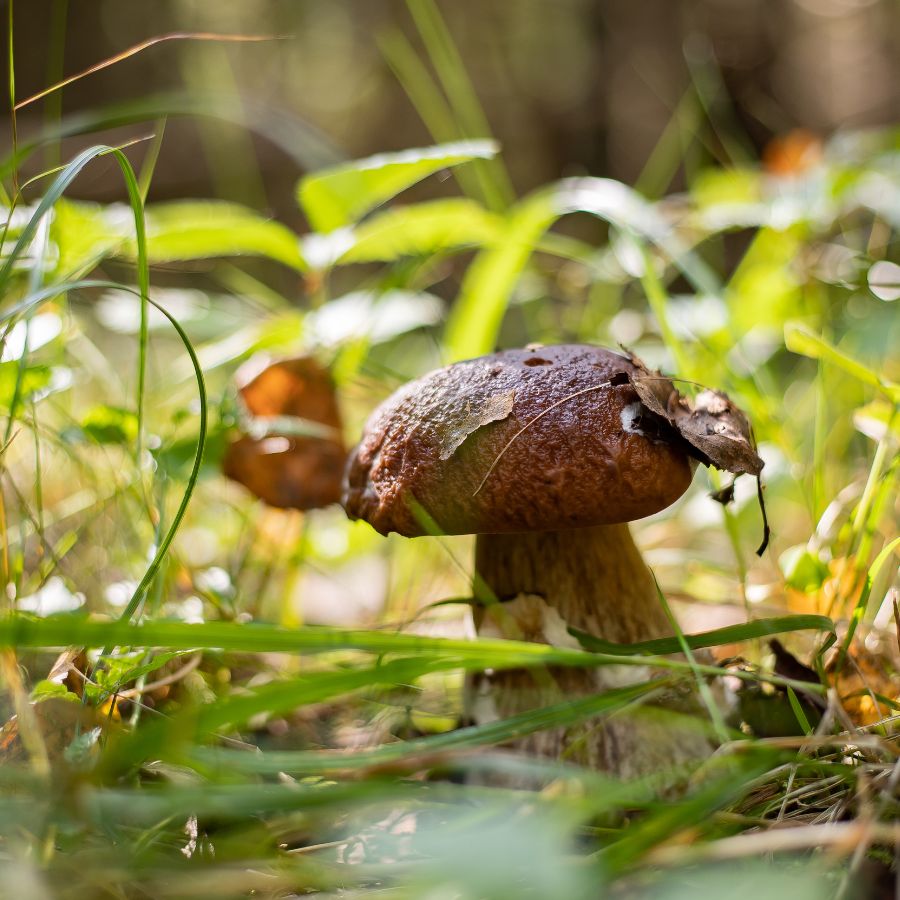
Porcini mushrooms are one of the most sought-after wild edibles in North America. Their meaty texture and rich, nutty flavor make them a favorite among foragers and chefs alike. Knowing when they appear is key if you want to find them in good condition and before the bugs do.
In most western states, porcini season usually runs from late summer into fall. You can start checking in July at higher elevations and continue through September or October depending on the region. In places like the Pacific Northwest and the Rocky Mountains, the timing often lines up with the first good rains after a dry spell.
In the eastern US, porcini mushrooms tend to fruit earlier. They often show up between late spring and mid-summer, especially in hardwood forests with oak or beech. A warm, wet stretch of weather can bring them up quickly, sometimes just days after a heavy rain.
Some parts of the country even have a second flush in the fall. Areas with mixed forests and a long growing season may see porcini pop up again in September or October. Local timing varies a lot, so it helps to learn what to expect in your state and watch the weather closely.
One Final Disclaimer
The information provided in this article is for general informational and educational purposes only. Foraging for wild plants and mushrooms involves inherent risks. Some wild plants and mushrooms are toxic and can be easily mistaken for edible varieties.
Before ingesting anything, it should be identified with 100% certainty as edible by someone qualified and experienced in mushroom and plant identification, such as a professional mycologist or an expert forager. Misidentification can lead to serious illness or death.
All mushrooms and plants have the potential to cause severe adverse reactions in certain individuals, even death. If you are consuming foraged items, it is crucial to cook them thoroughly and properly and only eat a small portion to test for personal tolerance. Some people may have allergies or sensitivities to specific mushrooms and plants, even if they are considered safe for others.
Foraged items should always be fully cooked with proper instructions to ensure they are safe to eat. Many wild mushrooms and plants contain toxins and compounds that can be harmful if ingested.

